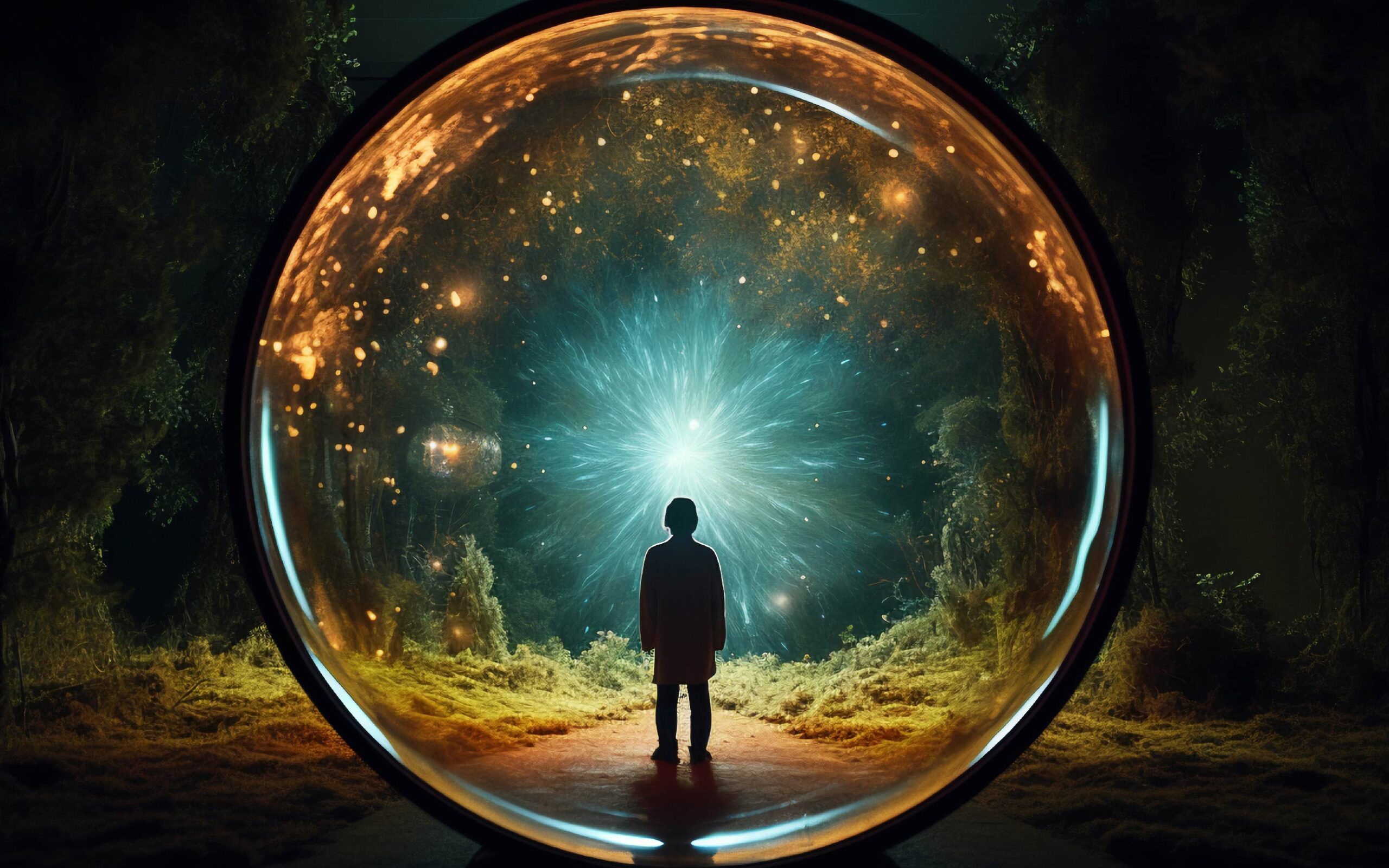Imagine if I told you that spirituality has a secret side that explores the mystical and sometimes misinterpreted terrain. Meet Chliphot, a name that has captivated academics and spiritual searchers. But precisely what is Chliphot? Originating from the Hebrew term “shell” or “husk,” Chliphot, typically considered the dark or hidden side of spirituality, reflects in Kabbalistic teachings the shadow side of the Tree of Life. Ancient origins abound in this idea, which still fascinates and causes discussion.
The Historical Significance of Chliphot
Chliphot in Ancient Cultures
Chliphot is not a contemporary creation just. Its beginnings are in old mystical traditions, especially those investigating light and darkness’s dualism. Chliphot was sometimes connected by ancient civilisations with the energies existing on the edge of the divine light, reflecting challenges, impediments, and the possibility of anarchy.
Role in Various Spiritual Traditions
Chliphot reminds us of the harmony between good and evil, light and dark, in several spiritual and theological traditions. Though it’s a notion that appears in various forms throughout civilisations, it usually represents the fight inside the human soul to reject its baser impulses and welcome greater spiritual truths.
Understanding the Concept of Chliphot
The Nature of Chliphot
Chliphot stands for the dark, frequently chaotic energies existing outside the orderly framework of the spiritual world. Unlike conventional spiritual ideas that concentrate only on light and positivity, Chliphot notes the existence of shadows and encourages us to face and comprehend them rather than deny their presence.
Chliphot vs. Traditional Spiritual Concepts
Chliphot highlights the significance of the shadow side, therefore balancing the story even if conventional spiritual teachings usually stress purity and light. It implies that thorough knowledge of light and darkness is necessary for spiritual enlightenment and personal development.
The Structure of Chliphot
Hierarchy and Levels of Chliphot
Chliphot is sometimes shown as a hierarchical system, with several layers for different psychological and spiritual difficulties. These levels are steps to help one negotiate to better understand the self and the universe.
The Tree of Life and Its Connection
The Tree of Life is naturally related to Chliphot, a major emblem in Kabbalistic teachings. Chliphot exists as the opposite of the Tree of Life, showing the hidden or shadow sides one must accept and combine to reach actual spiritual equilibrium, even while the Tree of Life stands for order and divine light.
Exploring Chliphot in Kabbalistic Teachings
Chliphot in Jewish Mysticism
Within Jewish mysticism, especially about the Kabbalah’s teachings, Chliphot is considered the husks or shells covering the heavenly light. Accessing the deepest truths of the universe requires breaking or transcending these shells. Kabbalists hold that the Chliphot are broken relics of a former cosmic order destroyed during creation.
Interpretations by Modern Kabbalists
Modern Kabbalists keep investigating the idea of Chliphot, usually reading it as symbolic of inner psychological conflicts or social obstacles. They stress the need to know and overcome these obstacles instead of seeing them as bad or destructive.
Symbolism and Iconography in Chliphot
Common Symbols Associated with Chliphot
Chliphot is full of symbolism; numerous icons stand for its several facets. Serpents, gloomy forests, and broken jars are common symbols expressing the idea of secret knowledge and the possibility of transformation.
Artistic Representations Throughout History
Literary Representations Artists throughout history have been enthralled by Chliphot, usually capturing its core with gloomy and bizarre images. From medieval manuscripts to contemporary digital art, Chliphot inspires artists by providing a visual language to communicate difficult spiritual concepts.
The Role of Chliphot in Personal Spiritual Journeys

How Individuals Engage with Chliphot
Engaging Chliphot can help people on a spiritual path explore the latent facets of their psyche. Acknowledging and facing their shadows and worries will help people develop a deeper awareness of themselves and their position in the cosmos.
Chliphot in Meditation and Rituals
Chliphot is a common tool used in meditation and ceremonial activities to reach the subconscious mind. Using symbolic acts and visualising, practitioners can face their inner darkness and transform it into a source of understanding and strength.
Chliphot and the Concept of Evil
Misconceptions about Chliphot as Purely Evil
One often-held belief is that Chliphot is a synonym for evil. Chliphot addresses the darker sides of spirituality, although it is not intrinsically evil. Rather, it stands for difficulties and barriers that must be comprehended and overcome from the duality and balance perspective.
The Duality and Balance Perspective
Reminding us that light cannot live without darkness, Chliphot emphasises the need for balance. One can attain a whole spiritual perspective by combining both elements, embracing the whole range of human experience.
Modern Perspectives on Chliphot
Chliphot in Contemporary Spirituality
Chliphot is being investigated in current spiritual practices since they combine modern psychological insights with age-old knowledge. It has found a place in many new-age movements where it is applied as a healing and self-discovery.
Academic and Theological Debates
Theologues and academics still argue about Chliphot’s interpretation and relevance. While some see it as a merely symbolic idea, others consider it an essential component of spiritual practice since it offers a structure to grasp the complexity of the human soul.
Practices Involving Chliphot
Common Rituals and Practices
Chliphot rituals sometimes concentrate on purification, metamorphosis, and defence. These methods could call for theemployingmbols, chants, and meditation approaches meant to interact with the psyche’s deeper, usually secret, sides.
Ethical Considerations and Warnings
Although Chliphot exploration can be eye-opening, approach it carefully and respectfully. Abuse of these ideas or misinterpreting them could cause spiritual disorientation or uncertainty. When using Chliphot-related techniques, it is imperative to consult informed practitioners for direction.
Popular Culture and Chliphot
Chliphot in Literature and Media
Chliphot has become somewhat well-known in popular culture, from books to movies and even video games. Many people find great inspiration in its themes of darkness and metamorphosis for artists and storytellers exploring the complexity of the human experience.
Influence on Modern Art and Music
Chliphot’s themes are frequently used by artists and musicians exploring darker, more reflective aspects of their work. From Gothic literature to heavy metal music, Chliphot’s symbolism is a potent metaphor for inner conflicts, the search for knowledge, and the face-off with one’s darker nature.
The Psychological Interpretation of Chliphot

Chliphot as a Representation of the Shadow Self
Psychologically speaking, Chliphot might be considered a depiction of the “shadow self,” a notion used by Swiss psychiatrist Carl Jung. This shadow self comprises all of our personality’s components—including impulses, wants, and fears—that we either repress or deny. Through working with Chliphot, people can highlight these shadow aspects, so attaining personal development and self-awareness.
Integrating Chliphot in Personal Growth
One could get great insights by knowing and including Chliphot in their personal development path. It’s about facing our worries, realising our shortcomings, and loving the whole range of who we are. Doing this helps us turn our shortcomings into assets, leading to a more harmonic and balanced existence.
Chliphot in Comparative Religion
Similarities with Other Religious Concepts
Chliphot has parallels with various spiritual and religious ideas addressing darkness and change. For example, the transforming qualities of Chliphot are reflected in the Hindu idea of Kali, the ferocious goddess who kills evil to make room for rebirth. In Christianity, purgatory also captures a cleansing process fit for breaking through the husks of Chliphot to reach holy light.
Chliphot’s Unique Position in the Spiritual Landscape
Although there are certain parallels, Chliphot keeps a special place because of its particular relationship with Kabbalistic ideas and its complex link with the Tree of Life. Within the larger spiritual terrain, its dual function as a barrier and a road to spiritual awareness distinguishes and appeals to me.
Future Directions for Chliphot Studies
Emerging Research and Theories
Scholarly and personal research on Chliphot has increased with a growing interest in esoteric and magical traditions. Emerging studies aim to simplify its complexity by examining its historical roots, psychological consequences, and spiritual uses. This research attempts to clarify Chliphot and its relevance in contemporary spirituality.
Potential Impacts on Spiritual Practices
The ongoing research of Chliphot has the power to profoundly affect spiritual practices. Incorporating Chliphot’s ideas of shadow work, balance, and change helps people and spiritual groups create a more holistic approach to spirituality that welcomes light and darkness.
Conclusion
Rich in history and with sophisticated symbolism, Chliphot reminds us of the duality that comes with the spiritual trip. It pushes us towards equilibrium, faces our inner darkness, and welcomes the unknown. By doing this, Chliphot provides a road to spiritual enlightenment, personal change, and more thorough knowledge. Whether one approaches Chliphot through meditation, ritual, or academic study, the inquiry of the self and the universe can deepen one’s spiritual life.
FAQs
What is Chliphot?
Often connected with problems and impediments to reaching spiritual enlightenment, chliphot is spirituality’s darker, hidden side. Originating in Kabbalistic ideas, it represents the shadow half of the Tree of Life.
How is Chliphot different from traditional spiritual concepts?
While Chliphot notes the presence of darkness and shadows, traditional spiritual ideas may centre on light and positivism. It underlines the need to know and combine these elements for spiritual balance.
Can Chliphot be considered evil?
Chliphot is not intrinsically wicked. Rather, it stands for difficulties and the latent aspects of the self that must be comprehended and included. It emphasises the need for harmony between light and darkness instead of concentrating just on one factor.
How does one practice Chliphot safely?
Engaging Chliphot calls for both respect and prudence. See wise practitioners for advice; apply protective rituals; approach the inquiry with a clear, concentrated mind. Safe involvement depends on meditation, study, and moral behaviour.
What is the significance of Chliphot in modern spirituality?
Chliphot, in modern spirituality, is the path into the inner self that acknowledges and works through hidden facets of the personality, fears, and wants. It is a tool for developing personally, increasing self-awareness, and better understanding the human experience.




